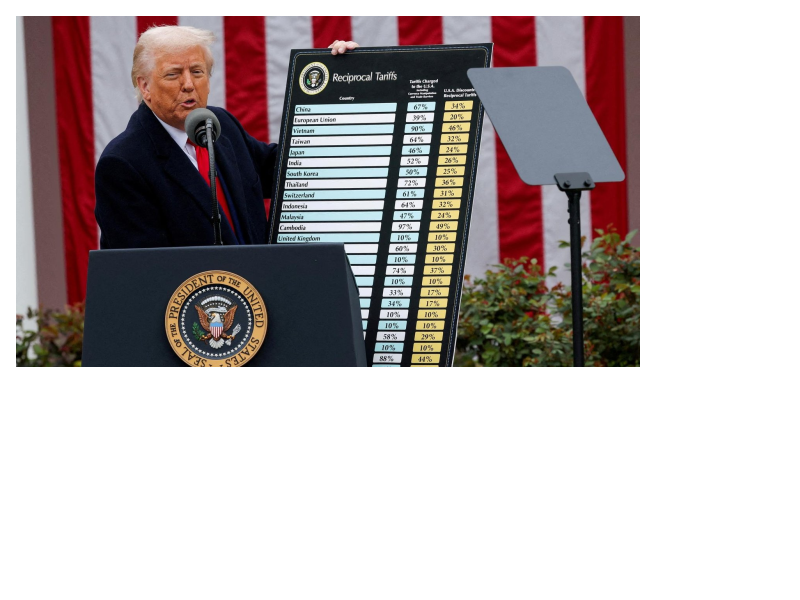The influence of online shopping in consumerist culture has been largely explored in the past few decades, with social media apps and paid sponsorships becoming one of the biggest factors towards modern hyperconsumerism. A large part of the debate regarding overconsumption and production of these microtrends falls on who’s responsible – with many agreeing that at the end of the day, corporations are the ones who fuel this culture. But even if these innocent hauls and sponsored posts are nothing new (or are they unique to TikTok), influencers should hold some responsibility for their excessive participation in this consumerist culture.
Buying for aesthetics rather than functionality is not inherently a fault. Not everything has to have a function, or be practical, etc., but TikTok has pushed this to a new extreme. It’s come to the point that people believe they need to buy a million different items in order to fit one singular aesthetic that they’ll toss in favor of what’s trending 3 months later. Whether it be the “coquette girl” aesthetic that’s adopted alongside 3 different Stanley cups or the $2000 “y2K style” Shein hauls, these trends aren’t actually about buying what you like, but rather what everyone else likes and what everyone else is buying. Buying sustainably (which tends to be more expensive) isn’t always the most accessible option for everyone, but you don’t need a 3rd Stanley cup to keep your first 2 (and the hydroflasks you bought in 2019) company.
This lack of critical thinking when it comes to our shopping purchases calls into question who holds responsibility. Of course, the average person probably isn’t collecting Stanley cups whenever they release new colors, nor are they dropping $2000 on a single Shein haul. However, the people who are doing this should hold some responsibility- both for their role in promoting companies like Shein or Temu, and also for what they’ve done to our environment. By marketing their lifestyle online as an aesthetic, people are pressured into consuming- and even if it is within their means, is it really necessary? Lots of hauls focus specifically on Shein product “fails”, begging the question of where these clothes eventually go. This mindless overconsumption with no thought on whether a product will last is particularly concerning when looking into these $2000 hauls, most of which are unsponsored. These influencers use Shein to get more clicks on their content, and Shein profits in return- perpetuating this insane culture of microtrends. And don’t forget the ethics behind this- Concerns about Shein’s labor policies are nothing new, but that doesn’t stop people from flocking to other sites (e.g. Amazon) with similar problems.
Of course, the argument is that this is simply the nature of online content and sponsored posts. “Spending within your means” and the common argument of blaming corporations rather than consumers has long since been introduced in these topics, but at some point, consumers should consider their responsibility in perpetuating this culture. With influencers in particular, is it really as simple as “spending within your means” when you’re doing your 3rd $2000 Shein haul of the month? Yes, these influencers are a victim of the wider culture that extends beyond overconsumption from the monetization of practically every social media platform (think Instagram shop) that encourages us to shop while we scroll. But they continue to contribute to this movement of promoting and buying from unethical brands in favor of the clout such content provides.
At the end of the day, our problem of overconsumption and its impacts on our lives (both your wallet, mentality, and most importantly, the environment) is more complex than simply blaming one party- whether it’s the consumers or the companies involved. Consumers aren’t blameless in this situation, and influencers that have fallen to this trend should hold some weight for actively promoting such a culture of excess.












